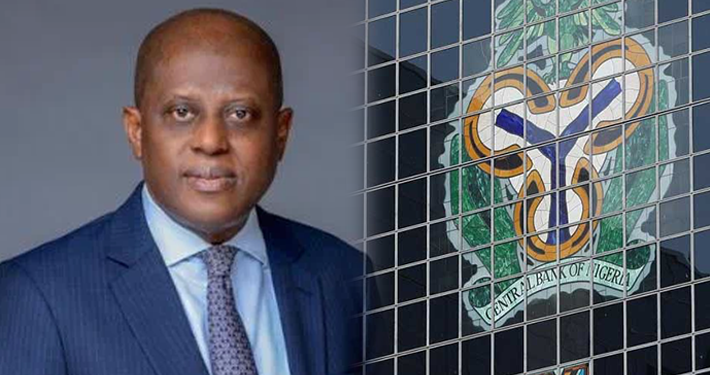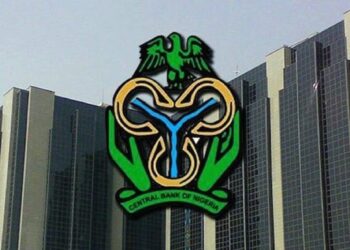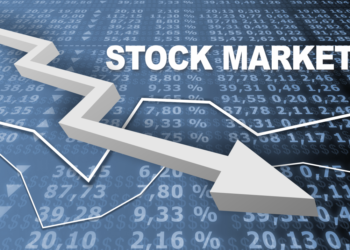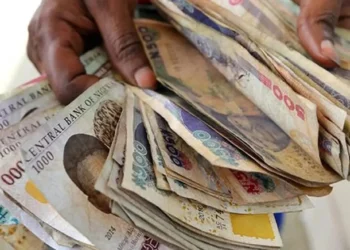Embarking on a feature journey through Nigeria’s economic landscape, we unravel the highs, lows, and the intriguing twists that defined 2023, while casting a discerning gaze into the unfolding narrative of 2024.
The Dramatic Unveiling of 2023: A Tapestry of Challenges and Reforms
1. Economic Challenges: A Canvas of Struggles
The year 2023 unfolded against a backdrop of formidable challenges for Nigeria. Weak governance, a precarious non-oil revenue base, overreliance on hydrocarbons, lingering security issues, and the specter of soaring inflation haunted the economic canvas. The struggle was compounded by low net foreign exchange (FX) reserves and a fragile exchange-rate framework, painting a vivid portrayal of the nation’s economic predicament.
2. Reform Progress: A Surprising Upturn
In an unexpected twist, the reform trajectory under President Bola Tinubu’s administration surged ahead, defying early projections. June marked a pivotal moment as fuel subsidies, a heavyweight on the GDP accounting for nearly 2%, were decisively eliminated. The unification of multiple exchange rate windows, coupled with a close to 40% depreciation in the official investors and exporter rate, showcased a government determined to reshape the economic narrative.
3. Exchange Rate Liberation: Strides Amid Struggles
Despite monumental strides in reform, the shackles of FX shortages persisted, constraining economic activities. The Central Bank of Nigeria (CBN) lifted the ban on FX for 43 imported items in October, concurrently initiating plans to clear a staggering $6.7 billion of unmet FX forwards. However, a growing chasm between official and parallel exchange rates, coupled with extended timelines for credit issuance and registration processes, underscored the persistent foreign exchange scarcity gripping the nation.
4. FX Reserve Position: Bridging the Resource Gulf
The year witnessed a precarious dip in the CBN’s gross FX reserves, falling from USD37.1 billion in 2022 to USD32.87 billion by December 2023. Transparency concerns surrounded the net foreign exchange position, with significant gaps hindering a reliable assessment. Short-term CBN liabilities, including foreign-currency securities lending and FC forward payables, added layers to the intricate financial tapestry.
5. Oil Production and Macroeconomic Trials: A Balancing Act
While a partial recovery in oil production offered a glimmer of hope, chronic underinvestment in the sector lingered. The GDP projection for 2023 suggested a slowdown to 2.6%, accompanied by an inflationary surge averaging 27% year-on-year in 3Q23. The gap between projected and actual production levels underscored the industry’s battle with historical underinvestment, posing challenges to reaching previous output levels.
2024 Outlook: Peering into the Crystal Ball
1. Inflation and Monetary Policy: The Balancing Act Continues
The crystal ball for 2024 foresees a moderated inflation rate of 22%, a commendable reduction from the turbulent 27% of 2023. This moderation is anticipated to be steered by a resolute monetary policy. Despite the CBN’s earnest efforts through policy rate hikes, liquidity and credit growth signal a lingering policy laxity. The projection hints at sustained elevated interest rates for the initial two quarters, with potential adjustments as inflation gradually recedes in the latter half of the year.
2. CBN’s Ongoing Efforts: Crafting a Financial Symphony
The new CBN governor’s strategic initiatives are beginning to yield positive outcomes. From Open Market Operations (OMO) to successful Treasury Bill offerings and the removal of caps on the Standing Deposit Facility (SDF), these measures aim to sculpt a finely tuned financial orchestra. Excess liquidity reduction, increased OBB rates, and a declining month-on-month inflation rate in October underscore the early harmonies of success.
3. Oil and Growth: A Symphony of Upticks and Challenges
The forecast envisions a modest uptick in oil production for 2024-2025, averaging 1.81 million barrels per day. Enhanced onshore surveillance capabilities contribute to this positive trajectory. Yet, the shadow of chronic underinvestment looms large, with the projected output remaining significantly below the 2019 benchmark of 2.09 mbpd.
Bearish and Bullish Indicators: The Pendulum Swings
As the forecast unfolds, key indicators emerge as potential disruptors. External liquidity stress, debt servicing difficulties, and macro-instability pose risks. The decline in the CBN’s net FX position, a widening fiscal deficit, and the specter of high inflation are stormy waters demanding cautious navigation.
Bullish Indicators: Riding the Updrafts
Amid challenges, rays of optimism emerge. A sustainable recovery in the CBN’s FX position, structural improvements in public finances, and consistent monetary policy can herald stability. Increased oil revenue and enhanced domestic non-oil revenue mobilization offer potential uplifts.
A Tapestry Unfolding
In the grand tapestry of Nigeria’s economic narrative, 2023 proved a chapter of challenges met with surprising resilience. As the curtains rise on 2024, ongoing reforms and strategic maneuvers set the stage for a narrative of cautious optimism. The government’s commitment to stability, growth, and reform implementation emerges as the guiding thread, weaving a story that transcends the complexities of the global economic landscape.











